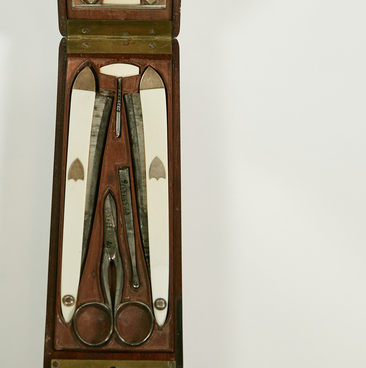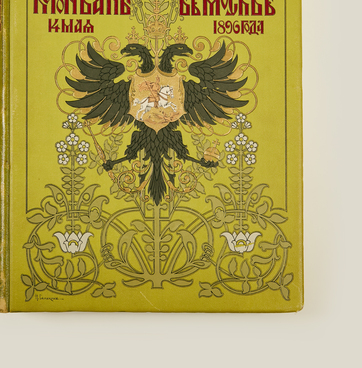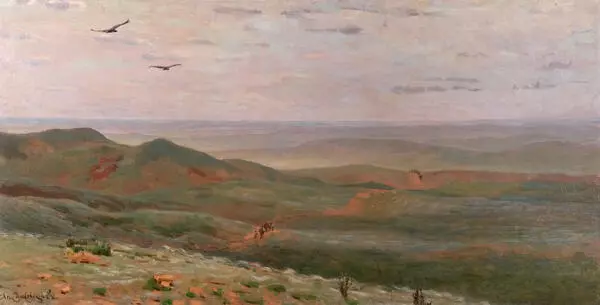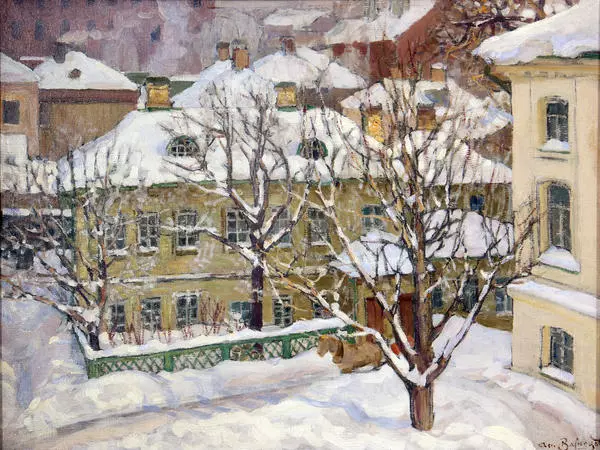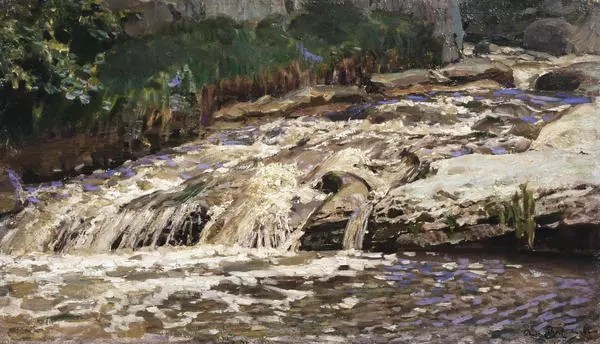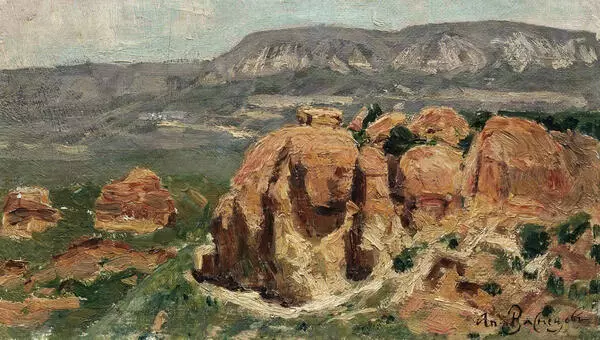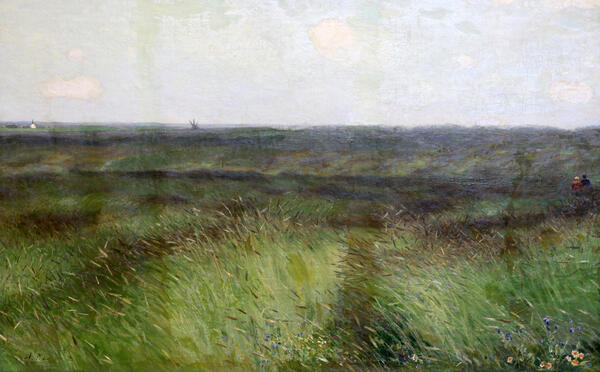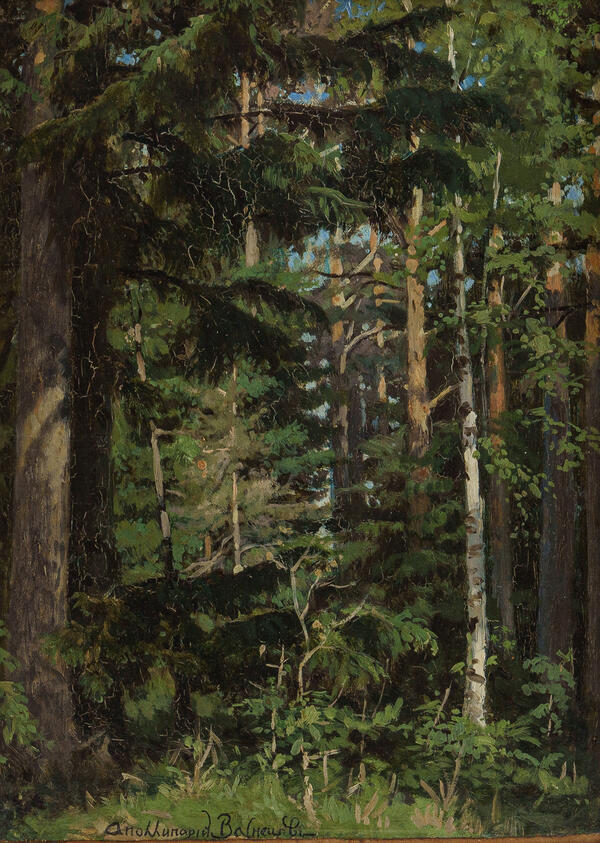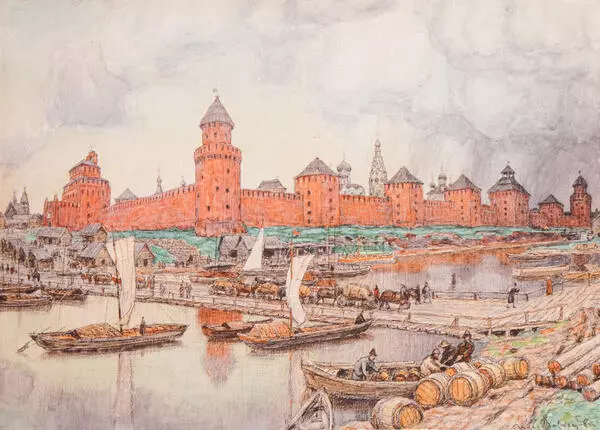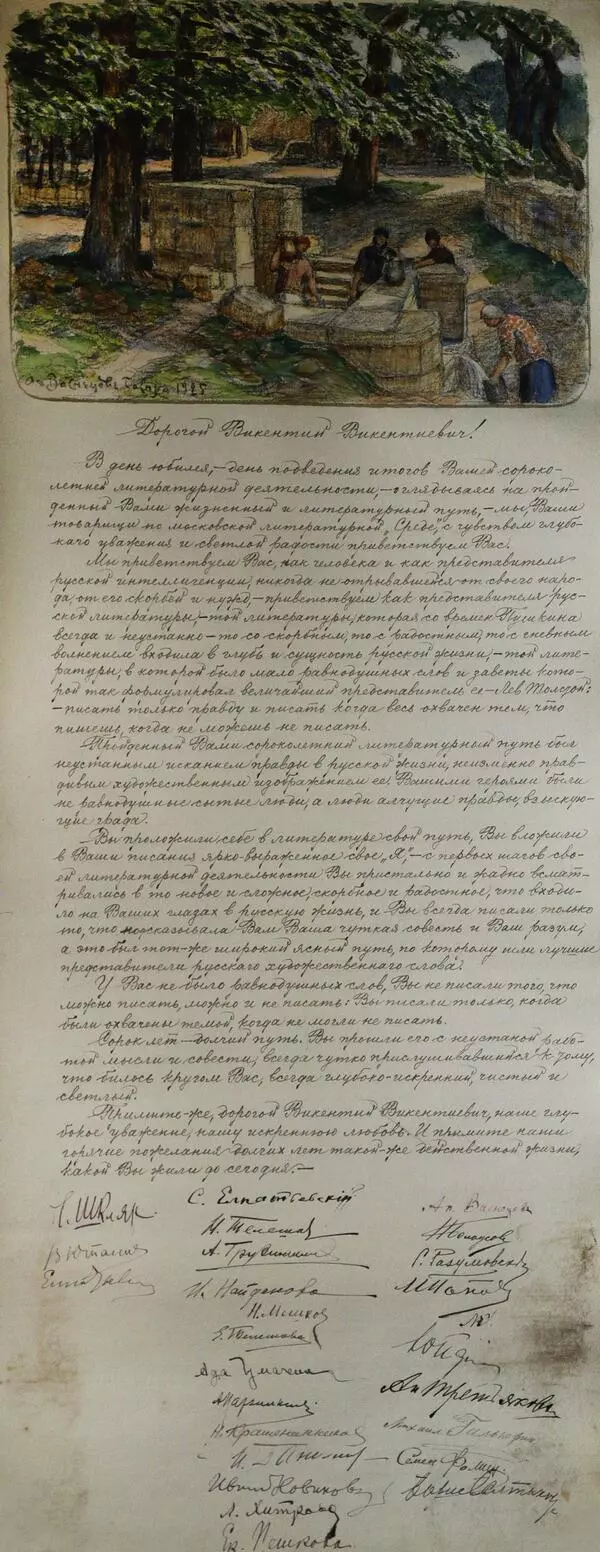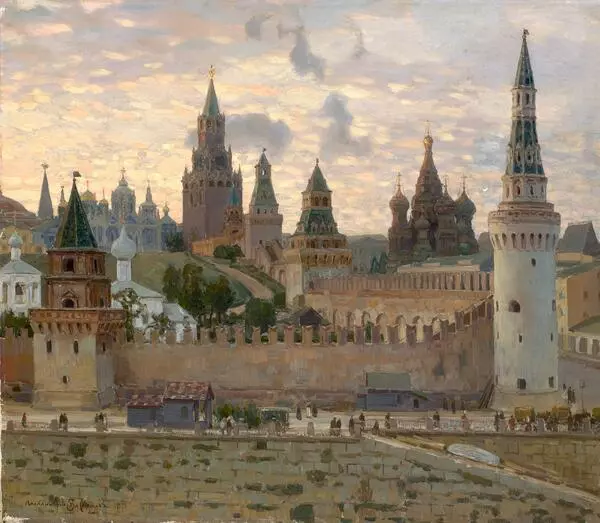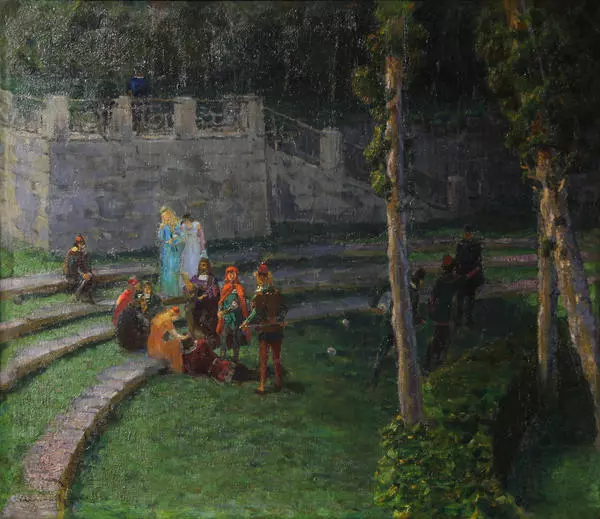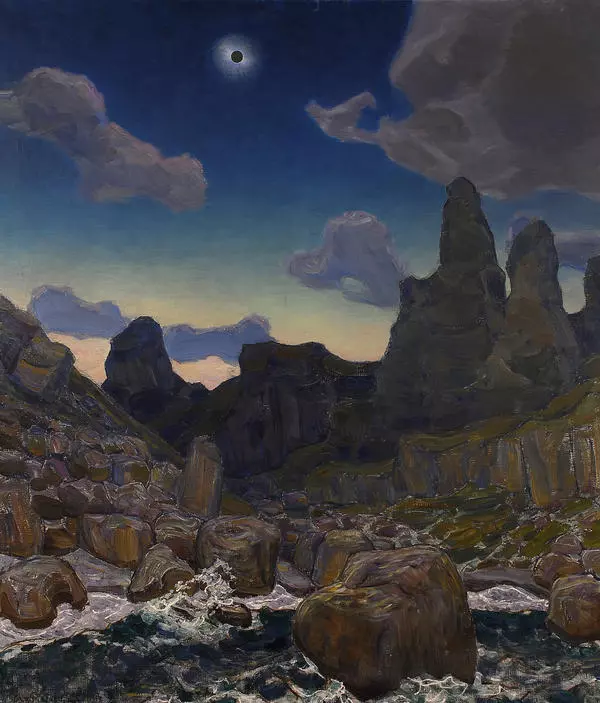The art collection of the Museum of Moscow includes a painting by Apollinary Vasnetsov. The famous Russian artist depicted in his masterly manner the daily life of the city in the late 17th century.
Throughout its history, Red Square has changed more than one name. Built at the same time as the red-brick walls of the Kremlin in the late 15th century, it was called Torg (Marketplace), and when it burned down in 1571, it received the name Pozhar (Fire). Only in the mid-17th century the square got the name Red Square (Krasnaya ploshchad), thus becoming not only the main square, but also the most beautiful one in the capital (“krasnaya” meant “beautiful” in Old Russian).
Back in the mid-16th century, the Intercession Cathedral (St. Basil’s Cathedral) was built on Red Square. This outstanding monument of Russian architecture adorned the square’s view. The cathedral was erected by order of Ivan IV the Terrible in 1555–1561 in honor of the victory over the Kazan Khanate. On the right of the cathedral there is Spasskaya (Frolovskaya) tower which had only one hand fixed on a rotating dial. The Lobnoye Mesto (Place of Execution) is to the left. Contrary to common misconception, nobody was executed on the Place of Execution: a special platform or a block was put up near it. The entire left side of the square is occupied by the marketplace, and instead of today’s GUM there is a building of stone market lines. In the foreground on the right there is a porch of the Zemsky Prikaz (department of urban and police matters), from which a dyak (clerk) reads a decree. Beside him is a clerk with a brightly colored stick — a birka. Having seen it from afar, people come up to the porch to find out what the dyak is announcing. The basement of the Zemsky Prikaz was a prison for troublemakers. In the picture one can see how zemsky yaryzhka — a policeman of the lowest rank at the time — with a license plate on his chest escorts two detainees to prison. One of them has an expensive overcoat over his shoulders (probably stolen). In the center is a group of foreigners with a tolmach (interpreter) explaining something to them. A luxurious vozok (carriage) runs along the wooden roadway from the Kremlin. The rest of the square is unpaved.
In the painting by the artist Vasnetsov, a researcher of Moscow’s medieval history, Red Square is shown as the center of the capital’s urban life, its commercial and administrative center.

